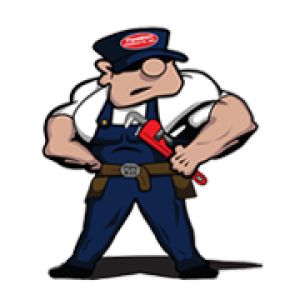Uses And Features of Full Encirclement Split TeePosted by Pipe Man Products on December 2nd, 2019 Full encirclement split tee has been in use for fixing issues in pipelines for quite some time now. As they demand welding as well, they are not suitable for fixing offshore pipelines. Back in the 20th century, American Gas Association had invested in studying the efficacy of techniques used in repairing pipes with main focus on the full encirclement split tee. The outcome of that study was that a properly constructed steel sleeve is capable of fixing a faulty pipe by 100% of SMYS. Having a carefully prepared process and a qualified team of professionals is central to building a sleeve. Whatever study or research that was conducted before the one mentioned above, focused only on limited aspects. Those studies had only paid attention to steel repair sleeves reaction to lateral loads and static pressures. The researchers did not focus on studying steel repair sleeves’ reaction to repeated, continuous pressure cycles. Such a study was rather done on steel compression sleeves. Steel sleeves have been found to have an exhaustible time to failure when they are employed to amend faults in pipeline subjected to major cyclic pressurization. Where reinforcing sleeve is concerned, the utilitarian life may be commanded by the fixed fault, and where pressure comprising sleeve is concerned, the sleeve itself will be the vital constituent. Users should keep this important thing in mind that when a steel sleeve is being thought of for its employment in cyclic service, they should make sure that steel sleeve’s outwear resistance must be carefully and properly checked and evaluated. Whatever outcome is derived out of that fatigue evaluation, it should be used to set up a appropriate limit on the permitted service life before substitute is called for. Type A is found rather useful because of its ability to be attached on a pipeline without the need of joining it onto the carrier pipe. This type of sleeve allows for reinforcements for the faulty spots. This type cannot deal with pressure and is mostly employed for faults that deal with non leaking issues. Type B sleeve’s ends are joined with the carrier pipe through fillet welding. As its endings are joined with the carrier pipe, this type of sleeve becomes perfect for fixing leaks and to toughen peripheral pointed faults. As a matter of fact, this type of sleeve has also been employed in areas of girth weld to build a link on a pipeline. It is required that the type B sleeve must be built to the same quality as the carrier pipe. This is called for because it is important that the thickness of the sleeve wall must be similar to that of carrier pipe. Not just thickness of the wall, in fact, the material form of the carrier pipe and sleeve should be of the same quality. Like it? Share it!More by this author |


